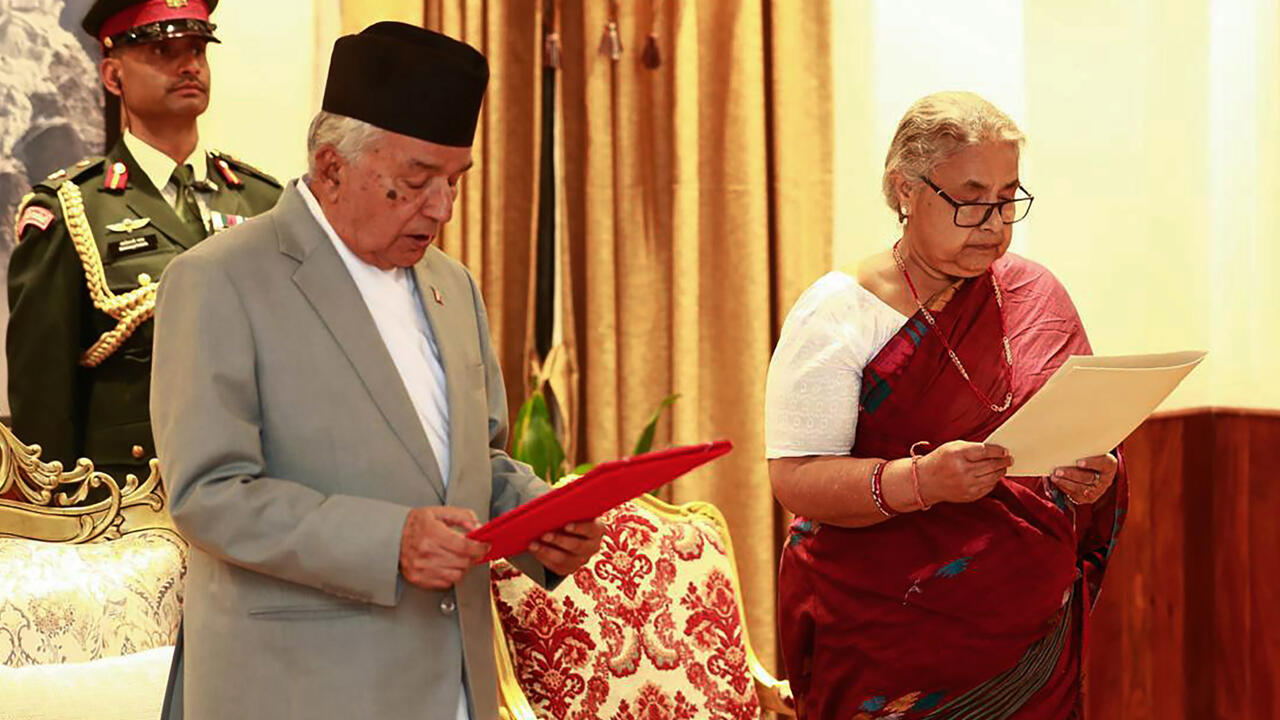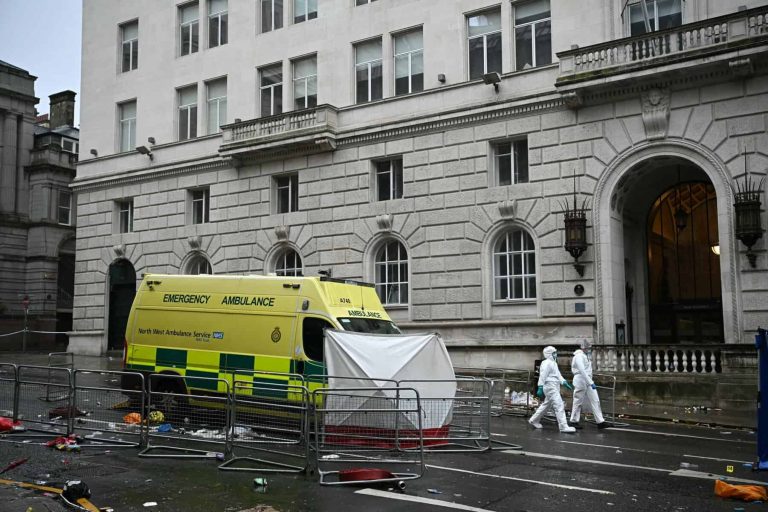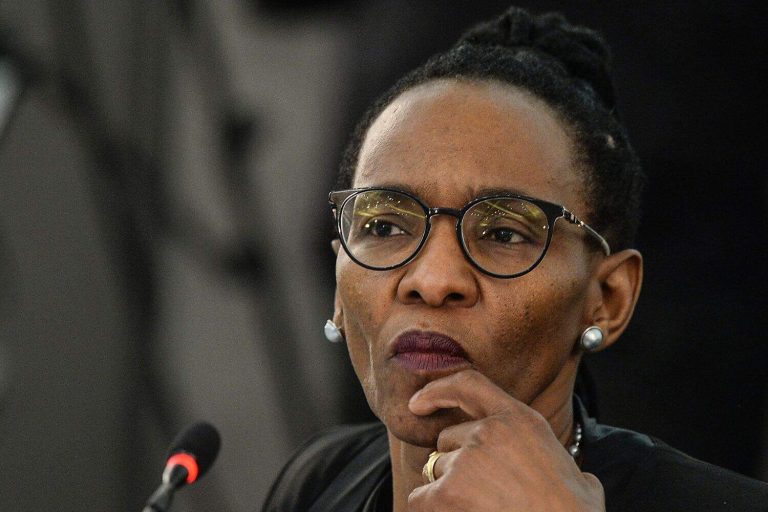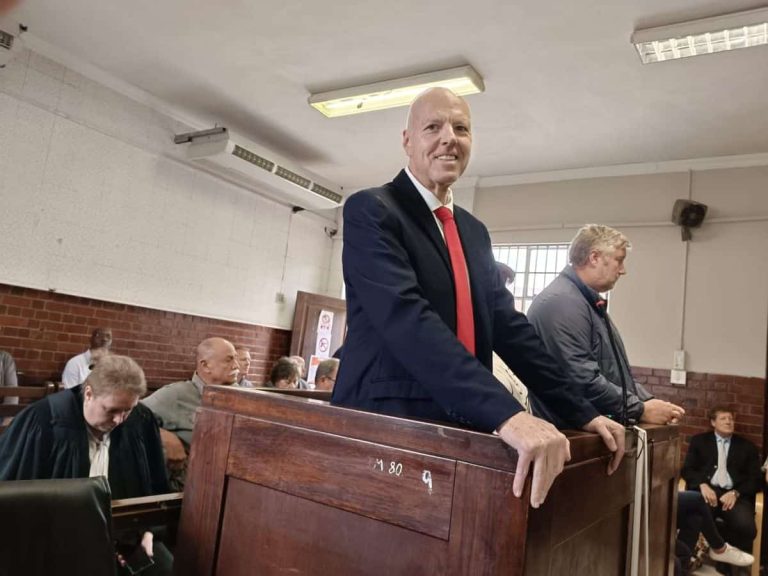
Nepal’s capital has begun to return to normal after days of violent anti-corruption protests that toppled the government, left parliament in flames, and claimed at least 51 lives—the deadliest unrest since the end of the civil war and abolition of the monarchy in 2008.
By Saturday morning, markets reopened, traffic flowed again, and families flocked to temples as soldiers scaled back their presence.
Troops had been heavily deployed since Wednesday to quell demonstrations that spiraled into chaos and forced the collapse of Prime Minister KP Sharma Oli’s fourth administration.
The turning point came on Friday evening, when 73-year-old former chief justice Sushila Karki was sworn in as Nepal’s first female prime minister, leading an interim government tasked with restoring stability and charting a path toward elections, now scheduled for March 5, 2026.
Symbolism and Hope
For many Nepalis, Karki’s appointment represents both symbolic change and the hope of a corruption-free future.
“Nepal has got its first woman prime minister,” said Suraj Bhattarai, 51, a social worker. “We believe she will address the fight against corruption and move good governance forward.”
Karki, known for her independence on the bench, emerged as a consensus choice after intense negotiations led by army chief General Ashok Raj Sigdel and President Ram Chandra Paudel—talks that also included representatives of the “Gen Z” protest movement, which had used Discord to debate leadership options before endorsing her.
Public Mood Shifts
The interim leader appears to have been widely welcomed.
“The interim government decision is good for now,” said Durga Magar, 23, a shop worker in Kathmandu. “The main issue for the people, especially young people, is corruption. It doesn’t matter who tackles it — Gen Z or older politicians — it just needs to stop.”
Protests, which began Monday and escalated Tuesday, tapped into deep economic frustrations. A fifth of young Nepalis (15–24) are unemployed, according to the World Bank, with GDP per capita at just $1,447.
“We don’t know what the future holds, but we are satisfied today and hope things won’t remain as tense,” Magar added.
Challenges Ahead
Despite the moment of calm, challenges loom. More than 12,500 prisoners escaped during the chaos and remain at large. Rooting out entrenched corruption—at the heart of protesters’ demands—will be far more difficult than replacing a government.
For many, however, Karki’s swearing-in offers a decisive break from the cycle of “musical chairs” politics that has dominated Nepal.
“They were playing a game of musical chairs,” said Shikhar Bajracharya, 32, a Kathmandu businessman. “There was no possibility for younger people to come into power.”
Former Prime Minister KP Sharma Oli, who resigned Tuesday, has not been seen since leaving office.
Regional Response
India’s Prime Minister Narendra Modi sent congratulations, offering his “best wishes” to Karki and affirming that New Delhi remains “firmly committed to the peace, progress, and prosperity of the people of Nepal.”
For now, many Nepalis are cautiously optimistic that their country has turned a corner—placing their hopes in the hands of a leader who has already made history.



